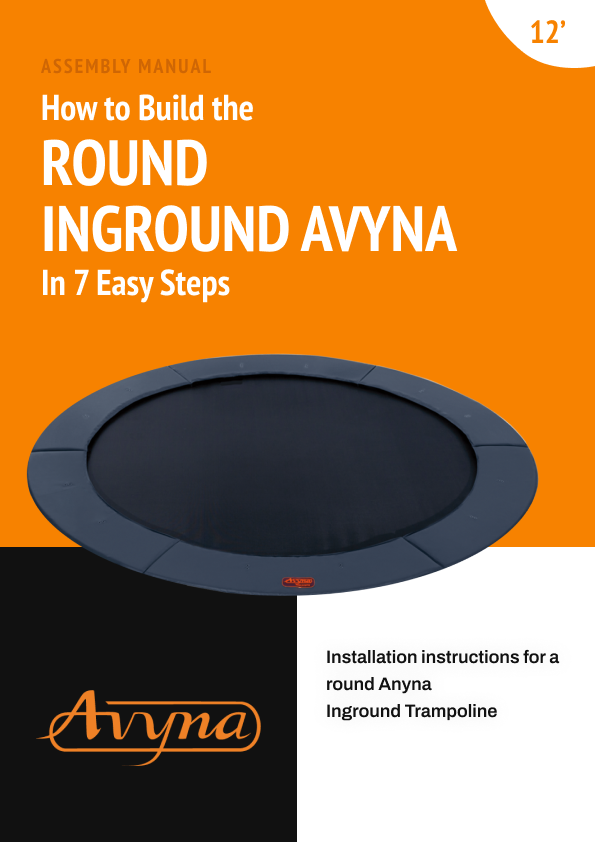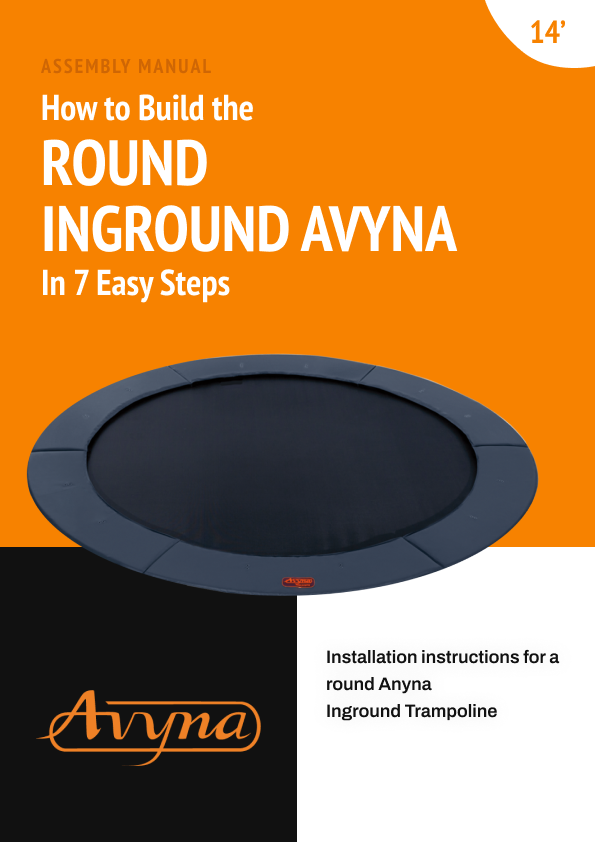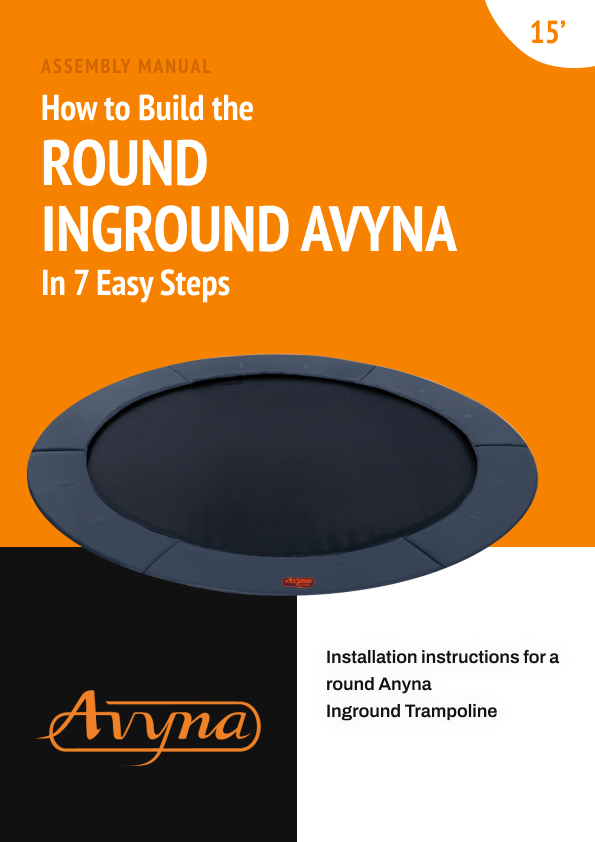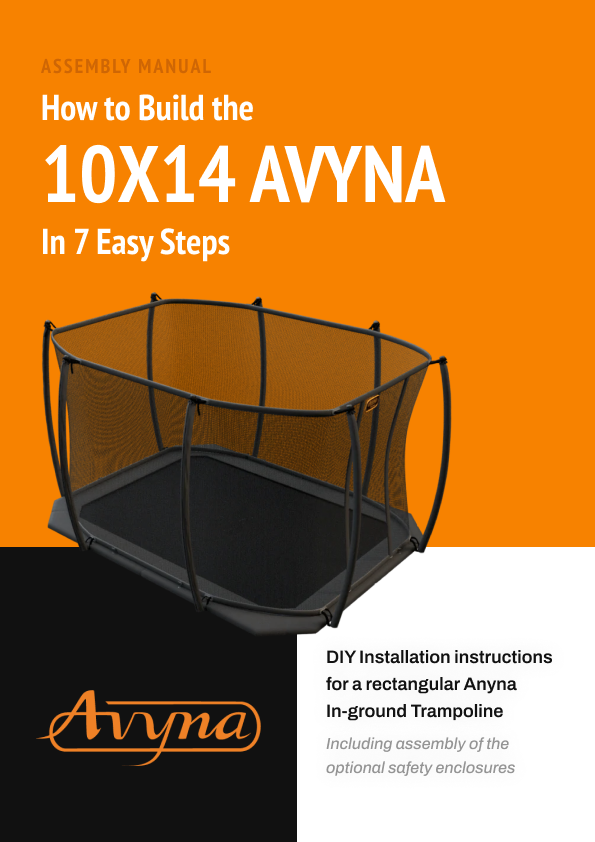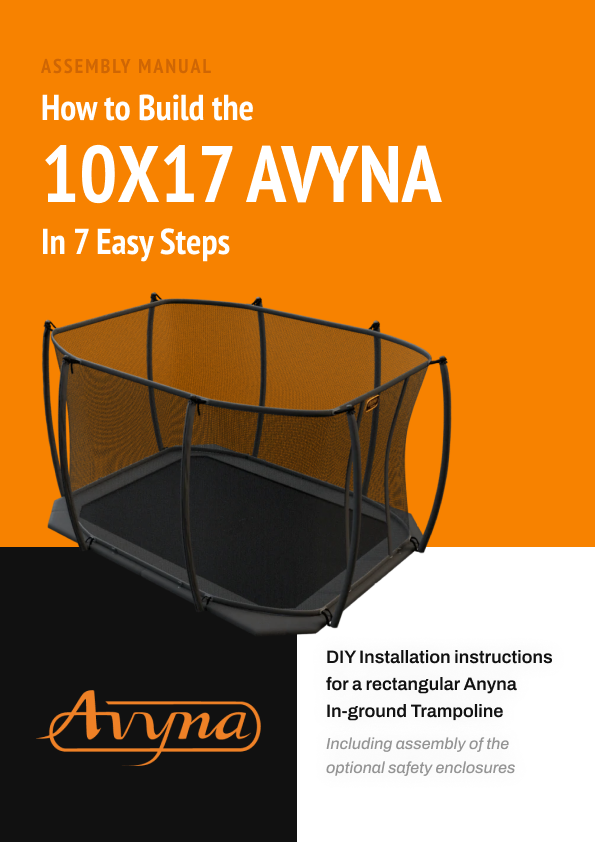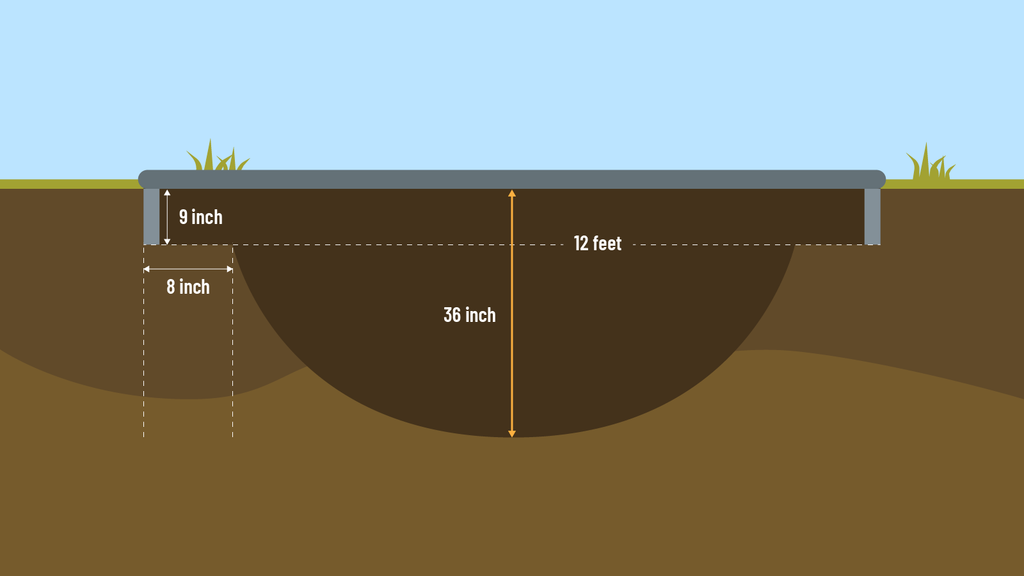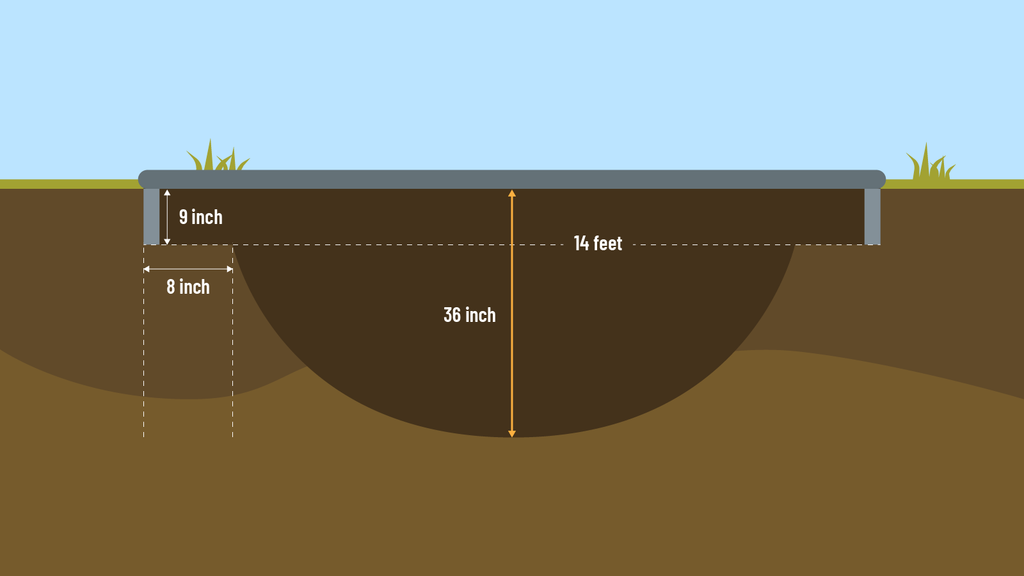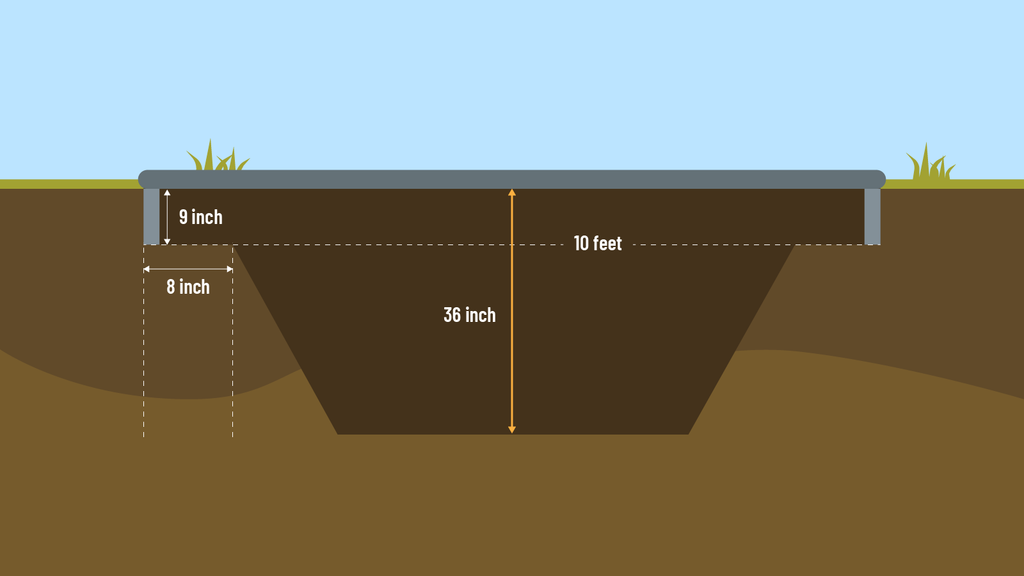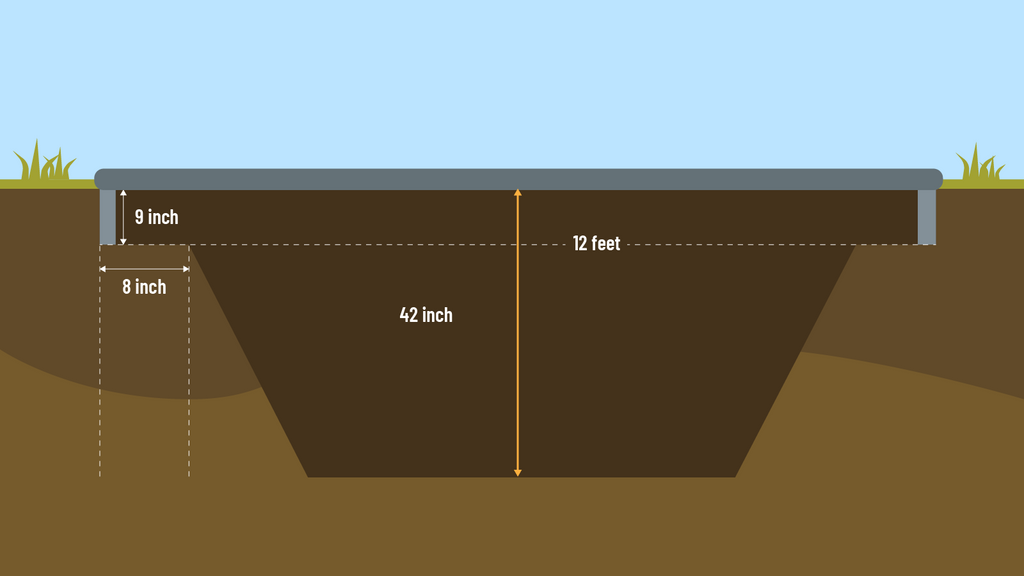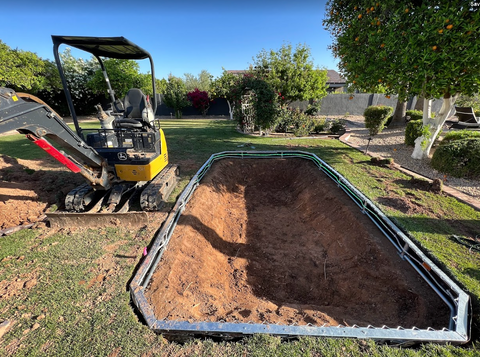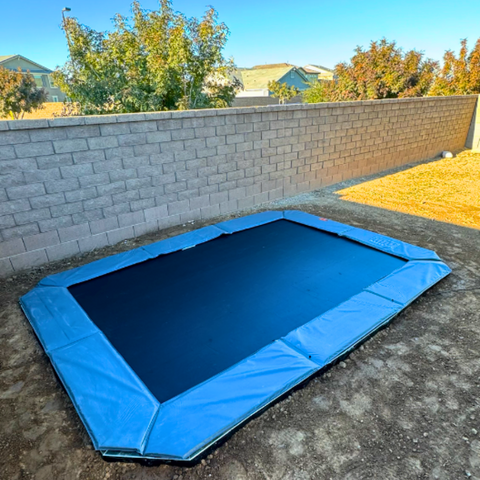Can I put a regular trampoline in the ground?
We don't recommend using an above ground trampoline for inground use. Inground trampolines are designed specifically to handle the pressure of the dirt, the additional moisture from the ground and it's always safer to put an inground trampoline in the ground rather than an above ground.
We don't recommend using an above ground trampoline for inground use. Inground trampolines are designed specifically to handle the pressure of the dirt, the additional moisture from the ground and it's always safer to put an inground trampoline in the ground rather than an above ground.



